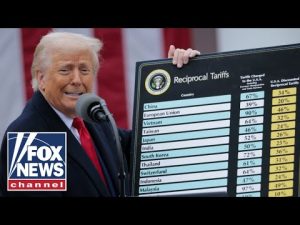The path to lasting peace in Israel/Gaza remains fraught with challenges, despite the fragile January 2025 ceasefire agreement. Here’s an analysis of the requirements and obstacles:
### Ceasefire Implementation & Hostage Dynamics
The three-stage ceasefire deal hinges on , Israeli troop withdrawals, and Gaza’s reconstruction. While Phase 1 saw limited hostage releases and humanitarian aid increases, Phases 2–3 remain uncertain due to unresolved guarantees for ending the war. Hamas demands Israeli commitments to a full withdrawal, while Israel refuses to abandon its goal of eradicating Hamas. The collapse of the ceasefire in March 2025—triggered by Israel’s renewed military campaign—highlighted the fragility of temporary pauses.
### Israeli Political & Military Objectives
Prime Minister Netanyahu’s government prioritizes , even at the cost of hostage lives. Recent Israeli military plans aim to reoccupy Gaza, confine Palestinians to the al-Mawasi “humanitarian zone,” and establish a “Voluntary Emigration Bureau” to encourage displacement—a move critics equate with ethnic cleansing. These actions have strained relations with Arab states and undermined U.S.-backed normalization efforts with Saudi Arabia.
### Hamas’s Weakening Grip & Palestinian Divisions
Hamas’s military capabilities are degraded, but it retains support in Gaza despite growing public discontent over governance failures. The Palestinian Authority (PA) lacks legitimacy and struggles to assert control in the West Bank amid Israeli settler violence and military raids. Without , post-war governance remains unclear.
### International Pressure & Reconstruction
Arab states propose a peace plan involving Gaza’s reconstruction, contingent on Hamas relinquishing power. However, Gulf nations refuse to fund rebuilding if Hamas retains influence. The U.S. faces criticism for enabling Israel’s offensive while advocating for a two-state solution—a framework Israel’s government rejects. The UN estimates Gaza’s reconstruction will cost , requiring sustained global coordination.
### The Two-State Solution Dilemma
While the UN calls this the , Israel’s expansion of settlements and rejection of Palestinian statehood render progress unlikely. Netanyahu’s coalition relies on far-right parties opposed to territorial concessions, and the PA lacks the capacity to govern effectively.
### Key Requirements for Peace
1. with third-party enforcement.
2. from Gaza and halting settlement expansion.
3. unifying Gaza/West Bank under democratic governance.
4. for reconstruction, paired with anti-corruption safeguards.
5. to abandon maximalist aims and engage in diplomacy.
Without addressing these issues, cycles of violence will persist. The window for peace narrows as Israel entrenches its occupation and Hamas clings to remnants of power.
—
offers a free Gold IRA guide for those seeking to hedge against geopolitical instability ((https://bit.ly/KirkGold)).







